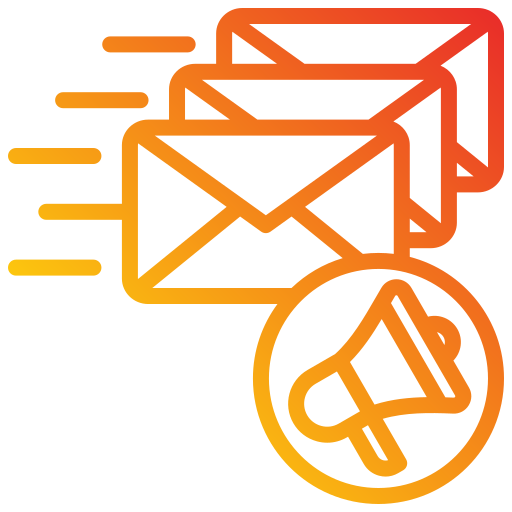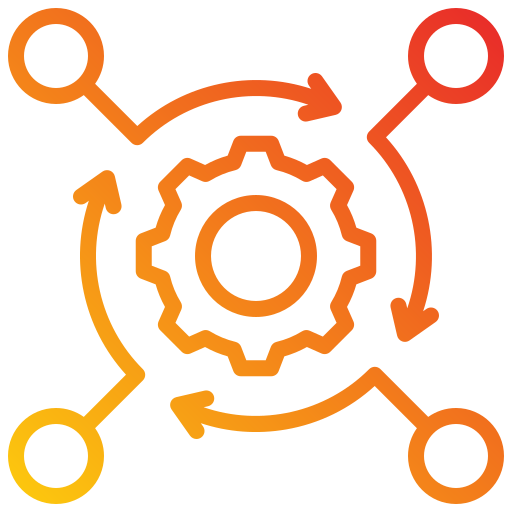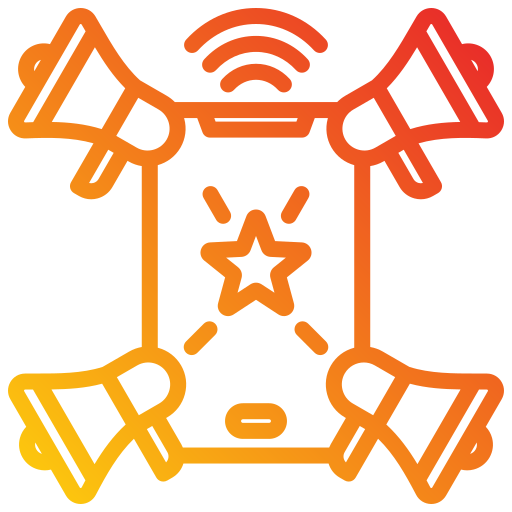Marketing Automation Services
Need help to scale your eCommerce growth? Automate personalized product recommendations, abandoned cart recovery, and customer lifecycle journeys to maximize conversions and lifetime value.




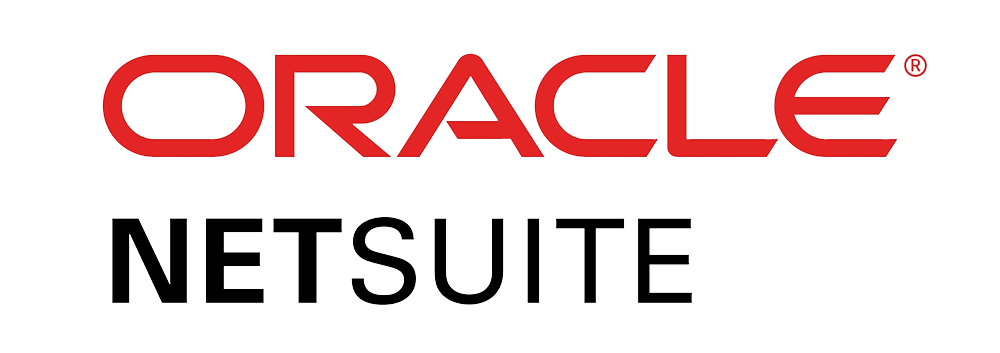

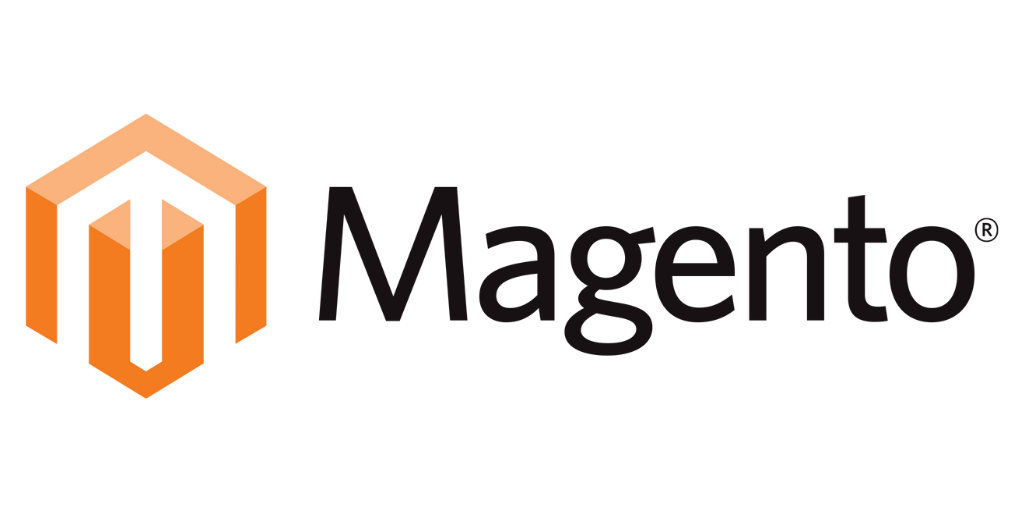

Receive a Personalized Consultation on kick starting your Marketing
Why You Need Marketing Automation Solutions
In the competitive digital landscape, marketing automation is essential for driving efficiency, enhancing customer engagement, and delivering actionable insights.
Here’s why you should invest in these solutions
💡 Amplify Efficiency
💡 Deliver Exceptional Customer Experiences
💡 Harness Data-Driven Insights
💡 Master Lead Nurturing
💡 Optimize ROI
💡 Scale Seamlessly
💡 Engage Across Multiple Channels
💡 Gain a Competitive Edge
Our Comprehensive Marketing Automation Solutions
From setup to success, we’re your Marketing Automation partner.
Maximize Your Marketing Impact
At DotcomWeavers, an award-winning digital marketing agency, we prioritize customer-centric strategies that help you exceed your marketing benchmarks. As a certified SEMrush and Google partner, our expert team specializes in customized marketing automation solutions.
💡 Data-Driven Insights for Strategic Growth: Leverage advanced analytics to make informed marketing decisions and drive measurable results for your business.
💡 Targeted Promotions, Enhanced ROI
Execute effective promotional campaigns designed to engage your audience and deliver exceptional returns on investment.
💡 Personalized Marketing That Resonates: Craft meaningful customer experiences with tailored marketing strategies that connect with your audience on a personal level.
💡 Optimize Conversions, Maximize Success: Utilize Conversion Rate Optimization (CRO) techniques to transform visitors into loyal customers and fuel your growth.
Tools We Use
At DotcomWeavers, we leverage top-tier marketing automation tools to craft effective digital marketing strategies. From integration and migration to setup, we’re your one-stop shop for all your automation needs.



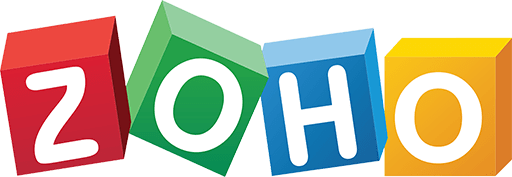

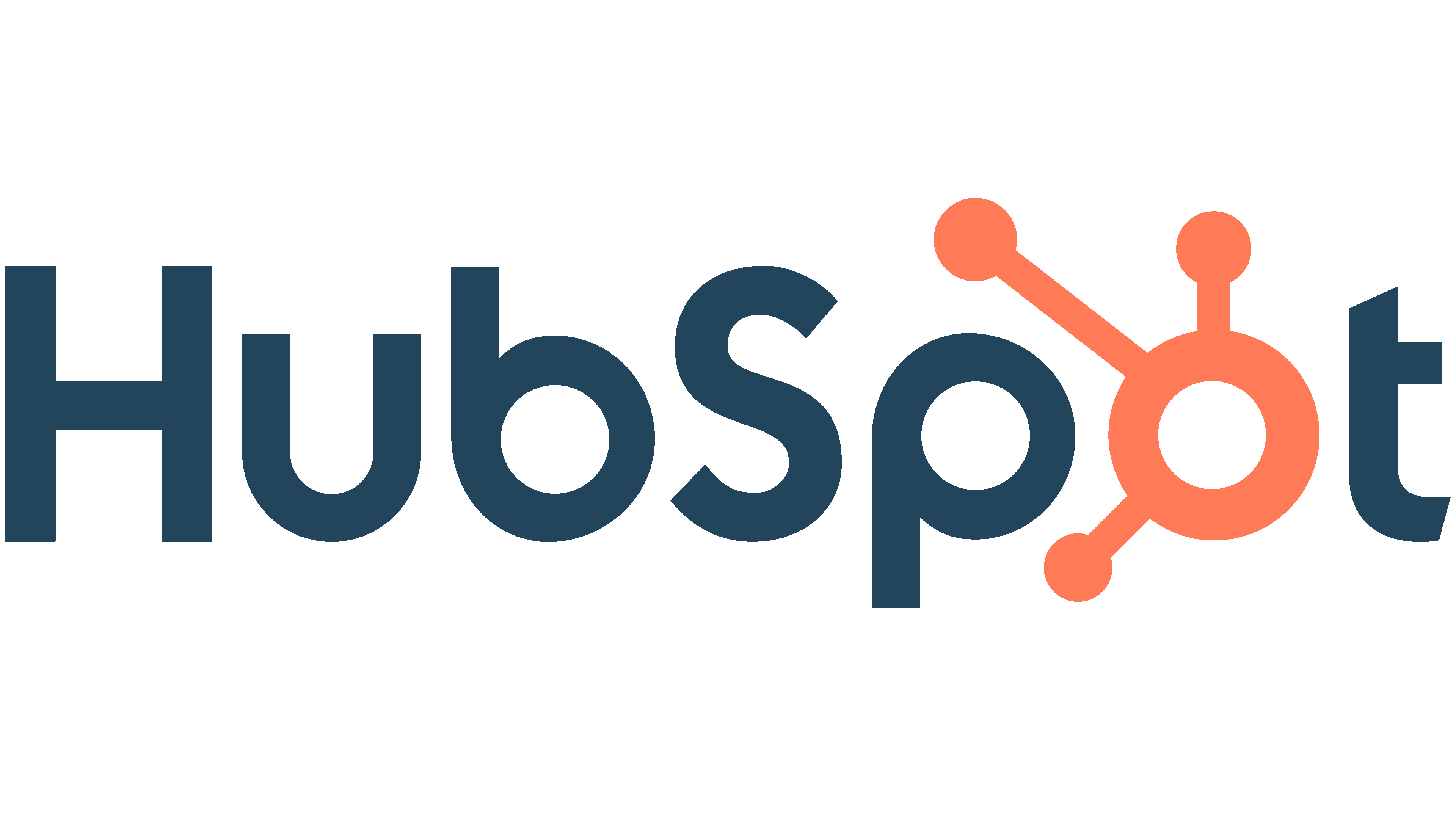
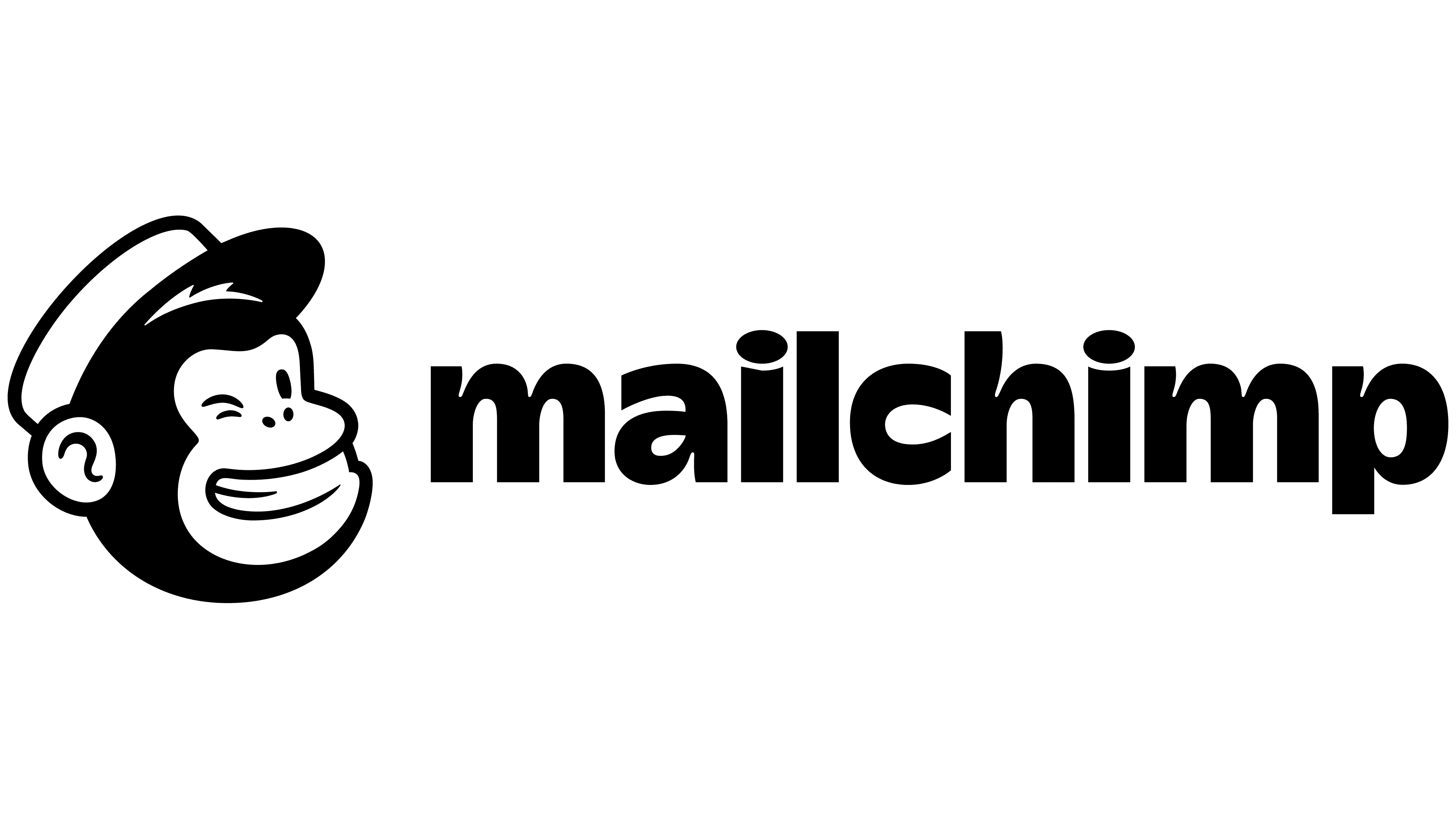




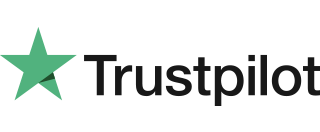

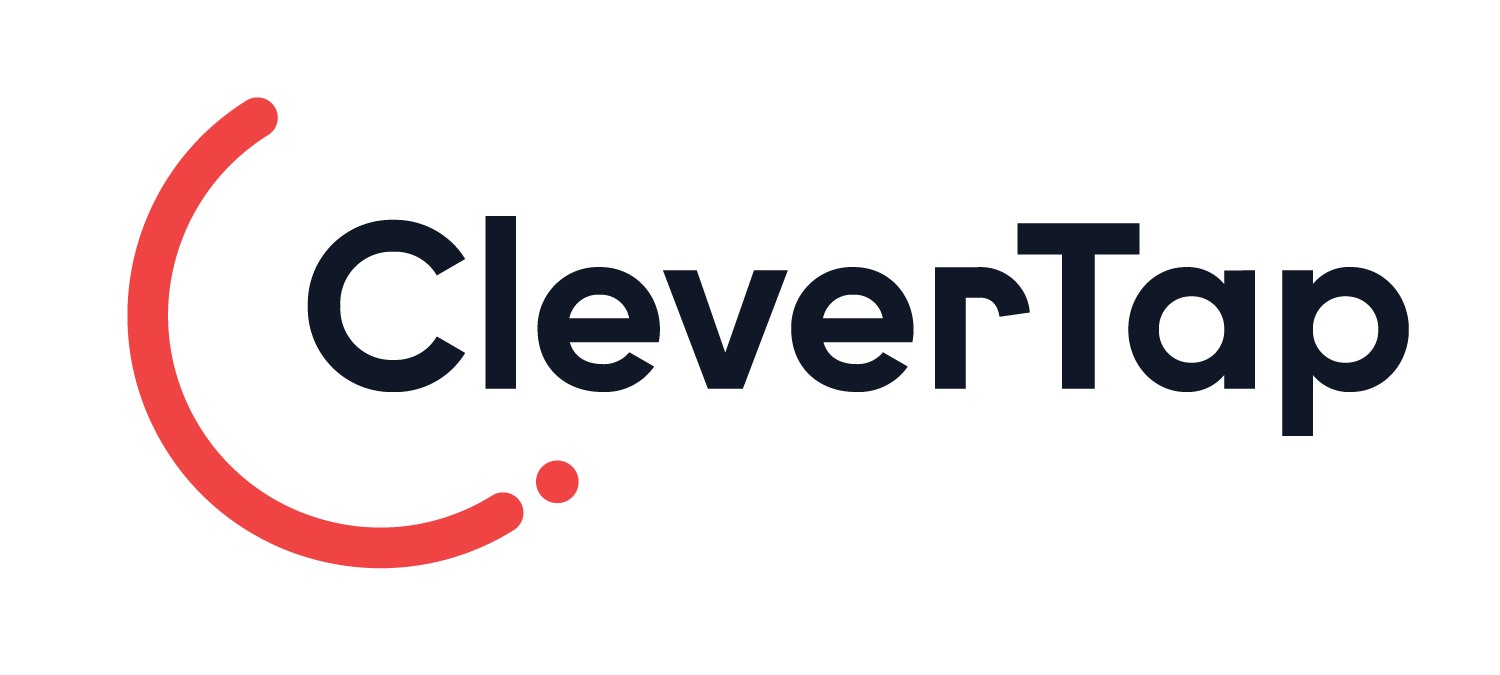








Why Choose DotcomWeavers?
Proven Expertise: We are experienced in delivering successful digital marketing and eCommerce solutions.
Customer-Centric: Tailored strategies that align with your unique business goals.
Innovative Solutions: Cutting-edge technologies that keep you ahead of industry trends.
Data-Driven Results: Actionable insights to optimize performance and maximize ROI.
Seamless Integration: Smooth migration and integration processes for minimal disruption.
Dedicated Support: Exceptional service and guidance throughout your marketing journey.
Comprehensive Services: Full-service offerings from SEO and PPC to marketing automation.
Trusted by Leading Brands: A proven track record with satisfied clients across various industries.
